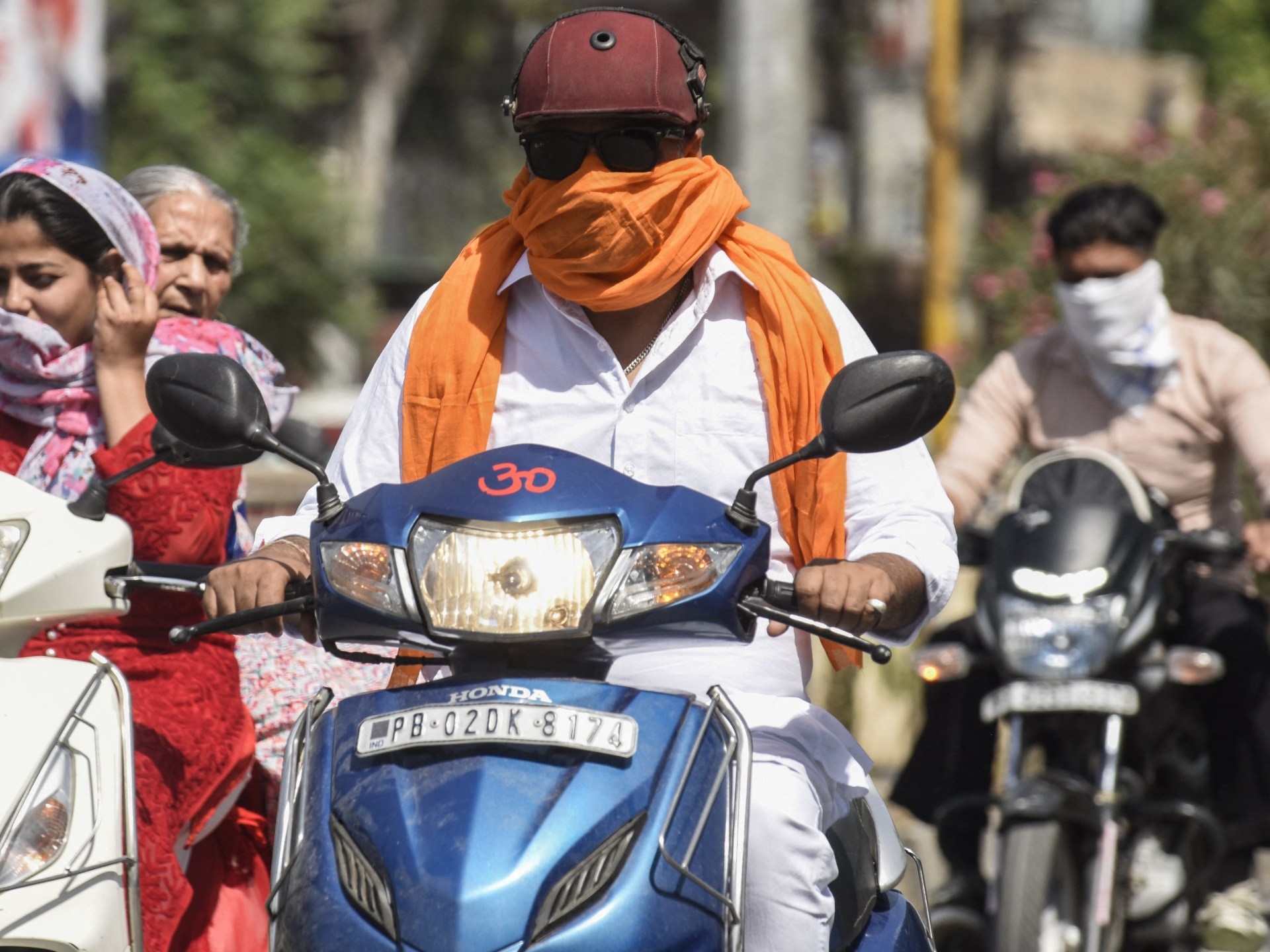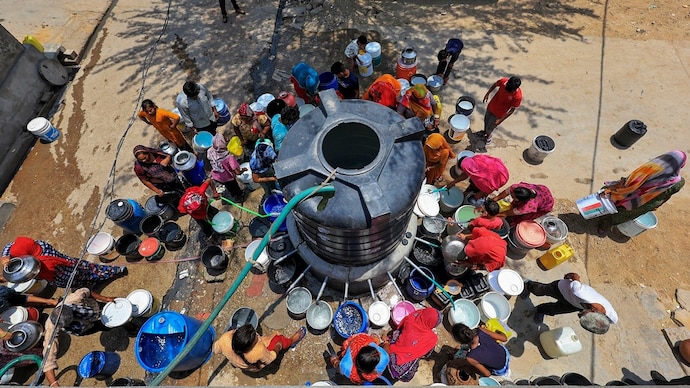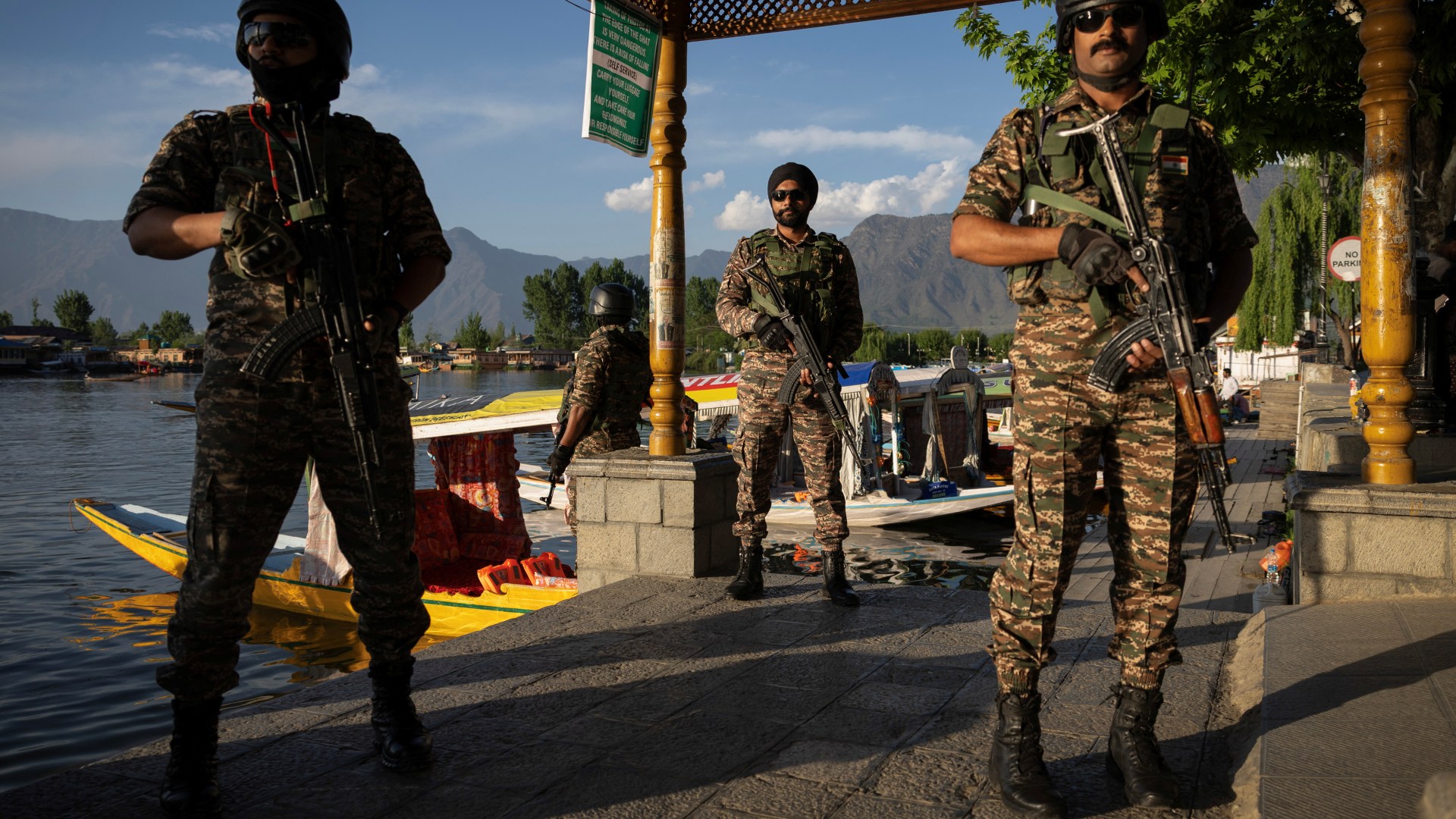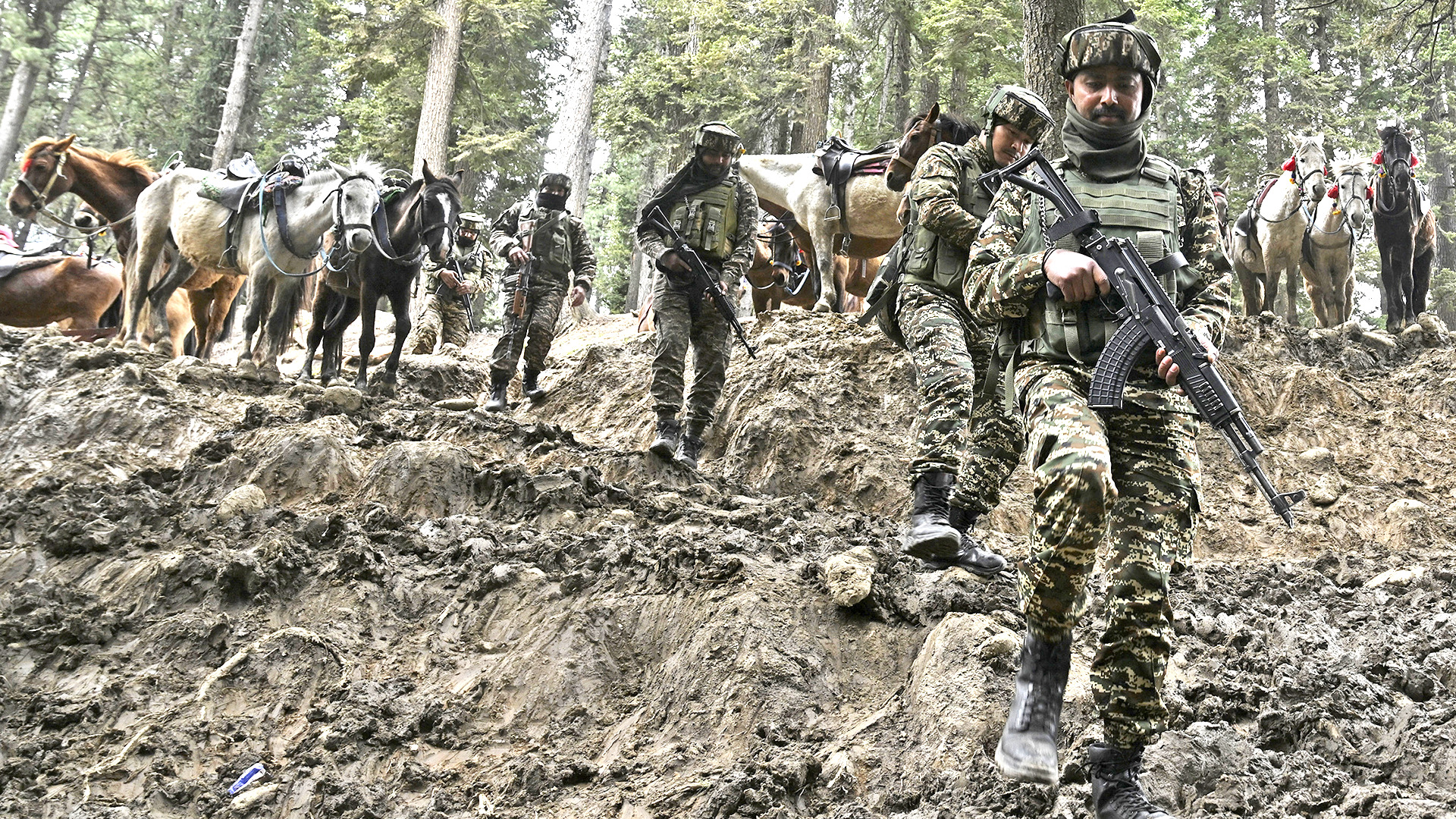AI Startups Boom in India 2025: Innovation and Investment Drive Global Impact
Introduction: A New Era of Indian Innovation

AI Startups in India 2025: Innovation and Investment In 2025, India has cemented its position as a global hub for artificial intelligence (AI) innovation. With over 12,000 AI-focused startups, record-breaking investments, and world-class talent, the Indian startup ecosystem is rapidly shaping the global AI narrative. These startups are solving real-world challenges—from agriculture and healthcare to education and logistics—while drawing attention from top investors and international partners. AI Startups Boom in India 2025: Innovation and Investment
Surge in Investment and Startup Growth
– Funding Milestones
According to Nasscom and Tracxn, AI startups in India raised over $8.5 billion in funding in the first four months of 2025, a 60% increase compared to the same period in 2024.
– Top Investment Sources
- Sequoia Capital India
- Accel Partners
- SoftBank Vision Fund
- Tiger Global
- IndiaAI Fund (Govt. of India initiative)
Many of these firms are focusing specifically on AI-first companies, especially those working in B2B SaaS, edge computing, generative AI, and AI chips. AI Startups Boom in India 2025
Key Sectors Driving the Boom
/ciol/media/media_files/2025/02/27/WntFblLQOTI0UVz1qxSQ.webp)
1. Healthcare and Diagnostics
Startups like Qure.ai, Synapsica, and HealthifyMe AI Labs are using AI to detect diseases, optimize medical imaging, and deliver preventive care through virtual assistants.
2. Agritech and Rural Solutions
Firms such as CropIn, DeHaat AI, and AgNext are leveraging machine learning for crop monitoring, yield prediction, and supply chain transparency.
3. EdTech Transformation
AI-driven platforms like Embibe, Vedantu AI, and LEAD offer hyper-personalized learning experiences and adaptive assessments for students across India’s socio-economic spectrum.
4. Fintech Innovations
AI is revolutionizing credit scoring, fraud detection, and automated customer service via startups like Zest AI, LendingKart AI, and CredAble.
5. Logistics and Smart Mobility
Companies such as Locus, BlackBuck AI, and Netradyne are optimizing routes, improving driver safety, and streamlining freight networks using deep learning and IoT.
Government Support and Policy Boost
– IndiaAI Mission
The Government of India’s flagship “IndiaAI” program is allocating ₹10,000 crore towards AI R&D, incubation hubs, and skill development.
– Startup India 2.0
Focused incentives, faster regulatory approvals, and a dedicated AI Startup Registry have significantly reduced red tape for new founders.
– Public-Private Partnerships
Collaborations with institutions like IITs, ISRO, and the Defence Research and Development Organisation (DRDO) are enabling deep-tech capabilities for AI applications in space, defense, and cybersecurity.
Notable AI Startups to Watch in 2025
– Sarvam AI
An LLM (large language model) innovator focused on Indic languages and regional applications.
– Portkey AI
Offers infrastructure for scalable generative AI deployments and fine-tuning in enterprise environments.
– NeuroPixel
A visual intelligence startup creating AI for autonomous drones, AR navigation, and smart surveillance.
– BotSpace
Building multilingual voice bots for customer support in over 20 Indian languages.
– DocRadar
An AI diagnostic tool capable of spotting over 100 conditions using voice inputs and image scans.
Challenges in the Ecosystem
While growth is exponential, several challenges persist:
- Data privacy concerns: With limited data protection laws, concerns around AI misuse remain.
- Access to talent: Competition for AI engineers has led to rising salaries and attrition.
- Infrastructure gaps: Power supply and GPU shortages in tier-2 cities affect compute-heavy startups.
Despite these hurdles, India’s startup resilience and policy reforms are helping mitigate many risks.
Global Collaborations and Recognition
India’s AI startups are not just solving domestic problems—they’re going global. In 2025:
- 40+ Indian AI startups were selected in Y Combinator, Techstars, and Google for Startups cohorts.
- Exports of AI-based SaaS tools from India surpassed $2 billion.
- Companies from UAE, Singapore, and the US have partnered with Indian firms for co-innovation.
Expert Insights
– Dr. Raj Reddy, AI Pioneer:
“India has moved from being a service provider to an innovation engine. The AI startup scene is now central to that transformation.” AI Startups Boom in India 2025: Innovation and Investment
– Debjani Ghosh, President, Nasscom:
“What excites me is the diversity—not just in founders and use cases but also in the problems they’re solving with AI.”
Future Outlook: What’s Next for India’s AI Startups?
– AI Chip Development
Startups like Mindgrove and Kalviyo are working on India’s own AI chipsets to reduce dependency on imports and improve energy efficiency.
– Ethical AI Standards
India is drafting its first national guidelines for responsible AI to ensure transparency, accountability, and fairness in algorithms.
– AI for Bharat Initiatives
From vernacular AI tools to rural analytics dashboards, the focus is shifting toward inclusivity and accessibility.
Conclusion: India’s AI Moment Has Arrived
In 2025, India’s AI startup ecosystem is not just thriving—it’s redefining what innovation from the Global South looks like. With a perfect blend of entrepreneurial spirit, government support, global investor interest, and pressing real-world challenges, India is poised to lead the next chapter of the AI revolution.
The road ahead will demand continued focus on responsible innovation, infrastructure scaling, and collaborative growth. But one thing is clear: India’s AI future is already here—and it’s global, inclusive, and deeply transformative.
Visit Edge Times Homepage For More News
Read Blogs From Our Blog Website
Top 10 Movies On Jio Hotstar App

Samsung One UI 7 Update Release Date In India

Best Dog Food For Shih Tzu

Visit To Our Blog Channel To Read Interesting Blogs

























)



